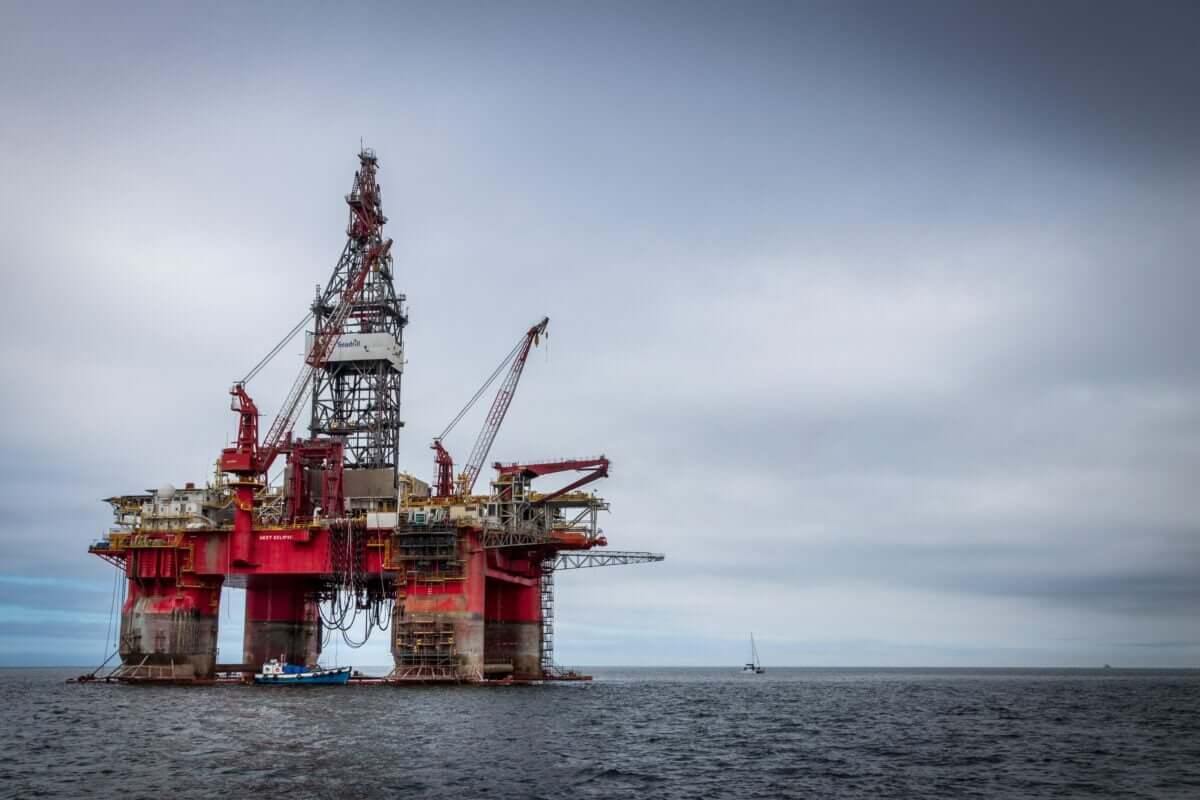
Natural Gas Prices Edge Up to $1.9550/MMBtu
Natural Gas Prices Edge Up to $1.9550/MMBtu
Quick Look:
Natural Gas prices have increased slightly to $1.9550 per MMBtu, just above the pivot point. Key resistance levels identified at $1.99, $2.04, and $2.08; support levels at $1.85, $1.78, and $1.72. Influences include weather patterns, geopolitical tensions, and changes in LNG operations.In recent trading sessions, the Natural Gas (NG) market has shown a slight increase, with prices rising to $1.9550 per million British thermal units (MMBtu). This marks a 0.67% increase. The price now sits just above its pivot point of $1.91, indicating potential for further bullish momentum. As traders and analysts examine these movements, they identify key resistance levels at $1.99, $2.04, and $2.08. These levels are critical thresholds that could cap future price gains. On the other hand, support levels at $1.85, as well as stronger supports at $1.78 and $1.72, are prepared to stabilize the market if bearish pressures increase.
Technical Analysis: Stability Above $1.91 with Potential Gains
The prevailing technical indicators fortify the notion of a narrowly optimistic outlook for natural gas. The 50-Day and 200-Day Exponential Moving Averages (EMAs) are at $1.92 and $1.90, respectively. They encapsulate the current trading activity within a thin band above established support levels. This placement suggests a sustainably bullish trend as long as prices hover above the $1.91 mark. Nevertheless, a slip below this crucial juncture could precipitate a swift downward correction, prompting traders to exercise caution and vigilance.
A variety of factors heavily influence the market’s sentiment, adding complexity to future price trajectories. Production and exports have diminished. However, upcoming climatic conditions, particularly the expected cold weather systems across the U.S., will significantly boost domestic demand. These weather-related factors, along with the current state of natural gas storage and adjustments in Liquid Natural Gas (LNG) operations, create a fluctuating narrative. This narrative shifts from bearish to neutral concerning short-term price expectations. Consequently, traders remain vigilant, preparing for potential price fluctuations. They stay responsive to ongoing updates regarding weather conditions and storage metrics.
Broader Geopolitical Impacts on Natural Gas Markets
The natural gas market does not operate in isolation; it is part of a larger, intertwined global energy framework that is susceptible to geopolitical disruptions. Recently, a surge in oil prices underscored this following Israeli missile strikes on Iran. This event catapulted geopolitical tensions into the spotlight and raised serious concerns about the stability of the Middle East’s oil supply. The incident led to heightened fears of further regional escalations and disruptions in key infrastructural elements such as air traffic in Isfahan, Iran. This development has sown seeds of uncertainty across broader energy markets, including that of natural gas.
As the natural gas market navigates these turbulent conditions, traders and stakeholders must stay sharply attuned to the broader geopolitical landscape. The current situation requires a strategic mix of technical analysis and geopolitical insight. This combination will help market participants make well-informed decisions amid evolving global events. Consequently, this complex array of influences will undoubtedly shape the natural gas market’s trajectory in the coming days, necessitating a cautious but proactive approach to trading and market analysis strategies.
The post Natural Gas Prices Edge Up to $1.9550/MMBtu appeared first on FinanceBrokerage.



